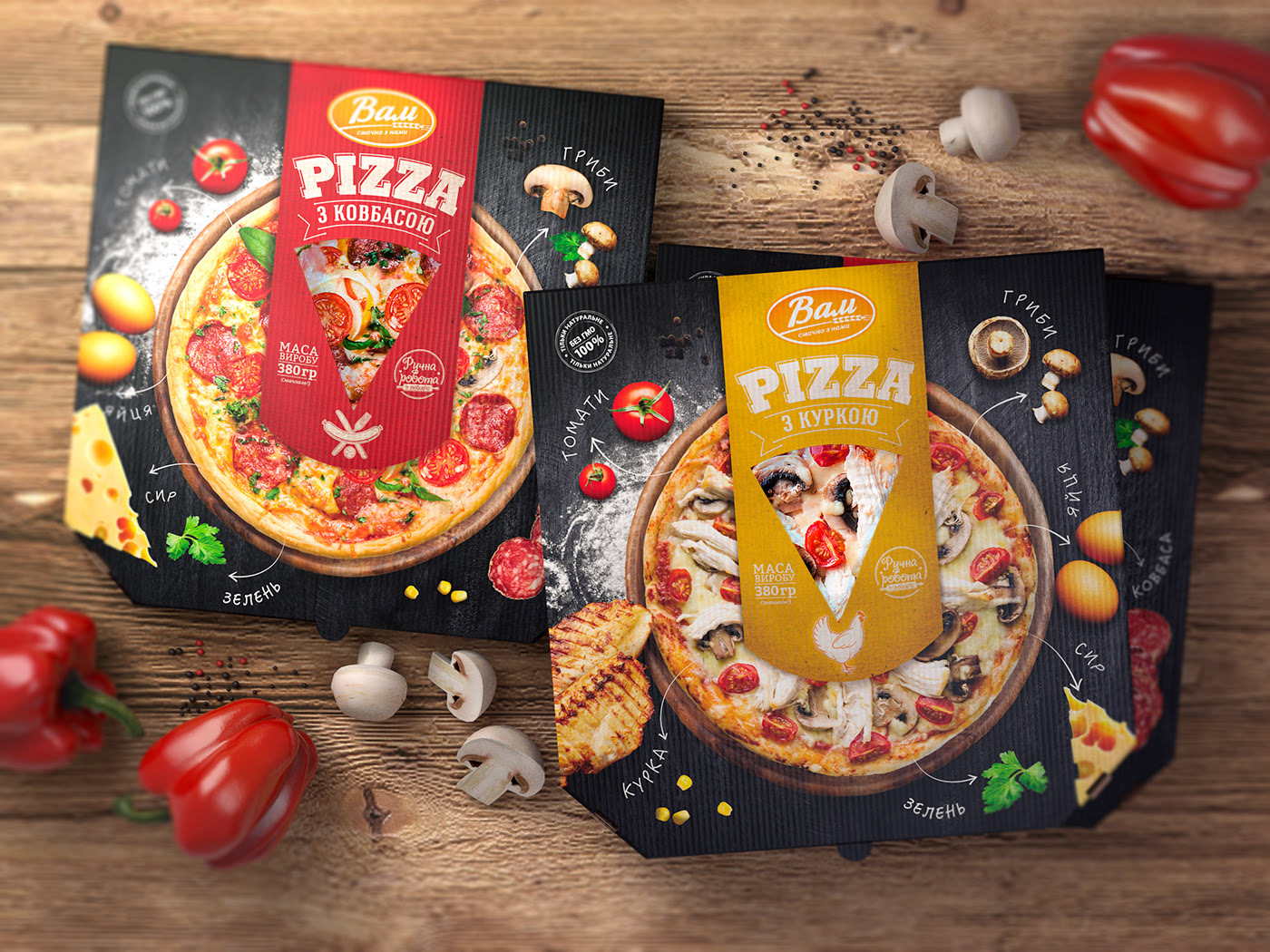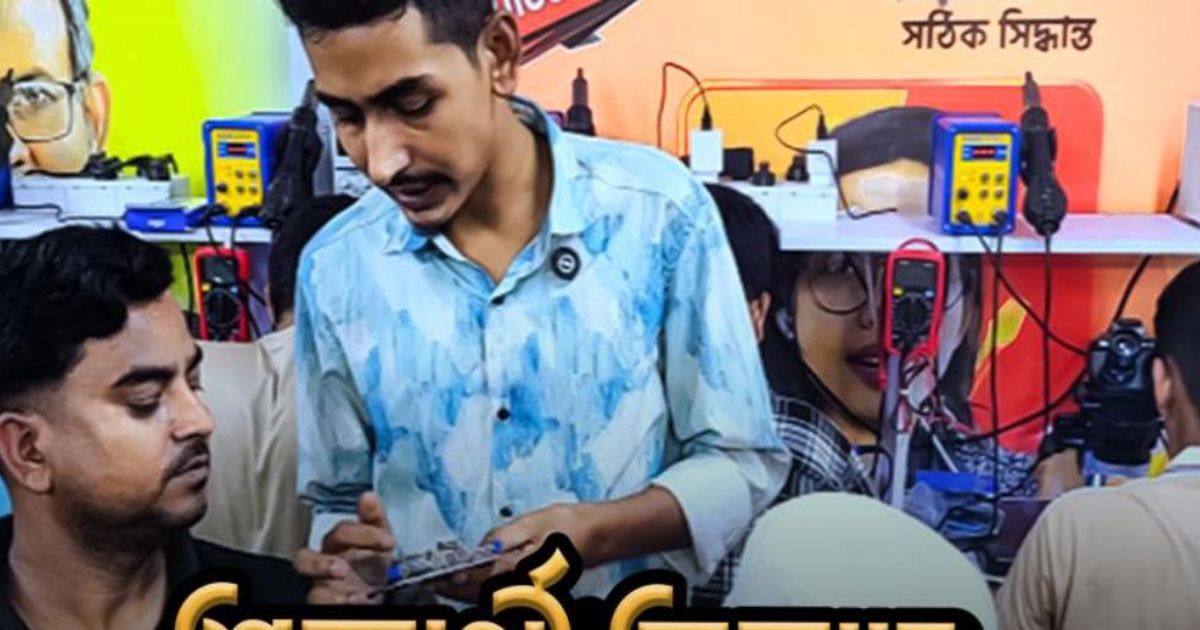
How Printing Techniques Influence Pizza Packaging Quality
The world of food service relies on strong branding and presentation. Packaging plays a vital role in creating first impressions. For pizza businesses, this factor becomes even more critical because packaging protects food, keeps it fresh, and reflects brand identity. Printing techniques directly influence the quality, design, and impact of these packages. By understanding how these techniques work, restaurants can improve their presentation and customer experience.
Evolution of Printing in Food Packaging
Printing methods have changed dramatically over the years. Early packaging was plain and often lacked design. As competition grew, businesses realized the power of visuals. Color, logos, and creative messages started appearing on boxes and wrappers. Today, printing is a mix of technology and creativity. High-speed machines, eco-friendly inks, and advanced processes now dominate the industry. These innovations have allowed even small businesses to use professional-looking designs.
Modern consumers expect packaging that is not only functional but also attractive. If a box looks dull or cheap, customers may assume the food inside is the same. High-quality printing raises customer expectations and trust. It also creates consistency across different outlets of a brand. This evolution shows why investing in advanced printing techniques is no longer optional but essential for every pizza seller.
Digital Printing for Small Batches and Flexibility
Digital printing has revolutionized custom packaging. Unlike offset, it does not require plates. The design is transferred directly from a digital file to the surface. This allows faster turnaround and smaller print runs. It is perfect for new businesses or limited-edition campaigns.
With digital printing, brands can test different designs before committing to large-scale production. This flexibility helps them adjust colors, text, and images to see what works best. It also makes personalization easier. For example, boxes for special events, holidays, or promotions can be printed quickly without extra setup costs.
Another advantage is the high resolution of modern digital printers. They can produce crisp lines, clear images, and rich colors even on textured surfaces. While the cost per unit may be higher than offset for large volumes, the lack of setup time often makes up for it. This is why many small and medium businesses prefer digital printing for their pizza packaging experiments and seasonal changes.
Offset Printing for High-End Results
Offset printing remains one of the most popular methods for large orders. It produces sharp images and vibrant colors. In this process, ink is transferred from a plate to a rubber blanket and then onto the surface. This indirect method ensures even distribution of ink and a professional finish.
Restaurants benefit from offset printing when they need large batches of packaging with consistent quality. It allows detailed graphics, gradients, and color accuracy. It is ideal for brands looking to create premium boxes that stand out. Although setup costs are higher, the per-unit cost drops significantly with volume. This makes it cost-effective for high-demand outlets.
Offset printing also supports a range of finishes such as gloss, matte, or soft-touch coatings. These finishes add extra appeal and durability. They also protect the design from smudging or fading during storage and delivery. When customers hold a box printed with offset technology, they instantly feel a sense of quality and care from the brand.
Flexographic Printing for Mass Production
Flexographic printing is widely used for food packaging due to its speed and versatility. It uses flexible plates and quick-drying inks. This makes it ideal for printing on various materials such as corrugated board, paper, or plastic films.
One of its main strengths is cost efficiency for high-volume runs. Flexography can handle millions of boxes with consistent results. The inks used are often water-based, making them more environmentally friendly. This aligns with modern consumers’ demand for sustainable practices.
It also supports special effects such as metallic tones or textured finishes. These add a premium feel without raising costs significantly. Brands that need both quality and speed often rely on flexography. For a busy pizza chain with multiple outlets, this method ensures timely supply of printed packaging without compromising design quality.
Impact of Color Accuracy and Branding
Colors influence emotions and perceptions. A slight difference in shade can alter how a brand is seen. Printing techniques that maintain color consistency across batches are crucial for brand recognition. Offset and digital printing excel in this area, but flexography has also improved significantly with new ink technologies.
Accurate colors also support food safety perceptions. Bright, clean, and vibrant boxes suggest freshness and care. Dull or faded prints, on the other hand, may create doubts about hygiene or quality. This is why printing processes must be carefully chosen and monitored.
By maintaining strict color standards, brands can reinforce their identity. A recognizable color palette, combined with consistent typography and imagery, helps customers associate the packaging with positive experiences. This psychological impact often translates into repeat purchases and stronger loyalty.
Finishing Techniques that Enhance Quality
Beyond printing, finishing techniques make packaging more appealing. These include coatings, laminations, embossing, and foil stamping. Each adds a different touch to the box.
- Gloss or Matte Coating: Protects the surface and improves durability.
- Embossing or Debossing: Creates a raised or recessed effect, adding texture and a premium feel.
- Foil Stamping: Adds metallic accents for a luxurious appearance.
These options allow businesses to differentiate themselves even in a crowded market. A box that feels smooth, sturdy, and visually striking makes a lasting impression. Customers often notice these small details subconsciously. Investing in finishing enhances the perceived value of the food inside, which can justify a higher price point.
Sustainable Printing Practices in Packaging
Sustainability has become a major factor in food packaging decisions. Eco-friendly inks, recyclable materials, and minimal waste production are now common goals. Printing methods that support these goals are gaining popularity.
Water-based or soy-based inks reduce harmful emissions. Digital printing cuts down on waste because there are no plates to discard. Even offset and flexographic printing have evolved to include more sustainable options. Using lighter-weight materials without losing strength also helps reduce the environmental footprint.
Customers today care about how their purchases affect the planet. When they see a brand using responsible practices, it builds trust and goodwill. By combining sustainable materials with eco-friendly printing, businesses can align with this growing demand. This approach also helps comply with tightening regulations on packaging waste in many regions.
Role of Printing in Consumer Experience
The unboxing experience matters. Customers often share it on social media, giving brands free exposure. Well-printed, attractive packaging can turn a simple meal into a memorable moment. Clear graphics, engaging messages, and vibrant images create excitement before the box is even opened.
Good printing also supports functionality. For example, instructions, reheating tips, or QR codes for promotions can be clearly displayed. High-quality printing ensures this information is easy to read and visually appealing. It also prevents smudging, fading, or peeling that might frustrate customers.
This attention to detail shows that the business values its customers. A positive unboxing experience can lead to repeat orders, word-of-mouth referrals, and stronger loyalty. Printing techniques are not just about aesthetics; they directly shape the way customers interact with the product.
Integrating Technology for Smarter Printing
Recent advancements have introduced smart packaging features. These include QR codes, augmented reality elements, and scannable offers. Printing techniques now support these technologies without compromising design quality.
Variable data printing allows unique codes or messages on each box. This can be used for contests, feedback collection, or personalized marketing. Combining traditional printing with digital features helps businesses stand out. It also creates a bridge between physical packaging and online experiences.
By adopting these innovations, brands show they are forward-thinking. They also collect valuable insights into customer behavior. This information can guide future campaigns and product improvements. Technology-driven printing is no longer just a novelty; it is becoming a standard expectation.
Conclusion
Printing techniques are a powerful tool for shaping the quality and perception of packaging. From offset and digital printing to flexography and advanced finishes, each method offers unique benefits. Color accuracy, sustainability, and innovative features all contribute to making packaging more than just a container. When used wisely, these techniques improve customer experience, strengthen branding, and support long-term growth. In today’s competitive market, even a small investment in better printing can lead to significant rewards, especially for businesses that want their pizza packaging to stand out and create a lasting impression.


